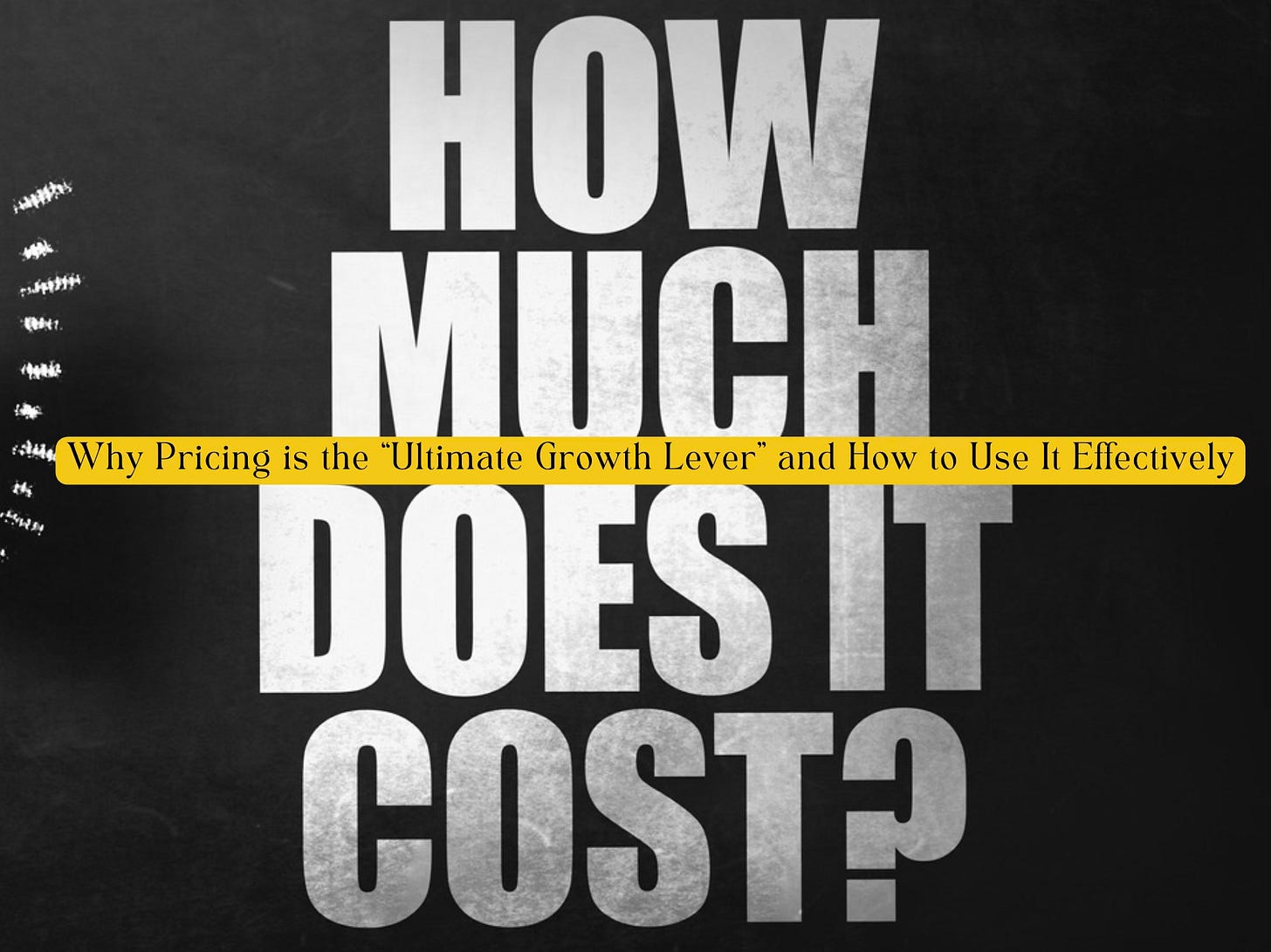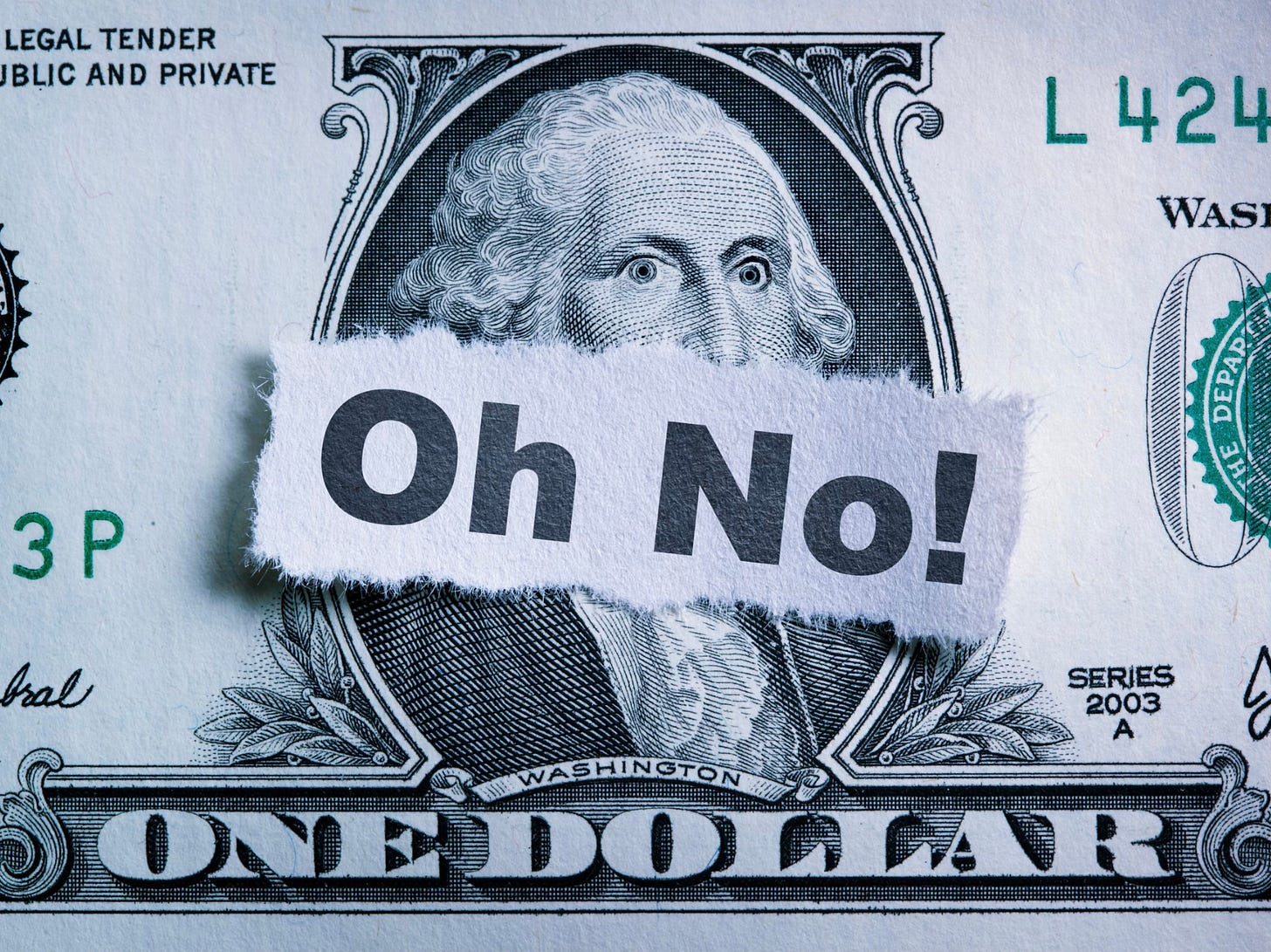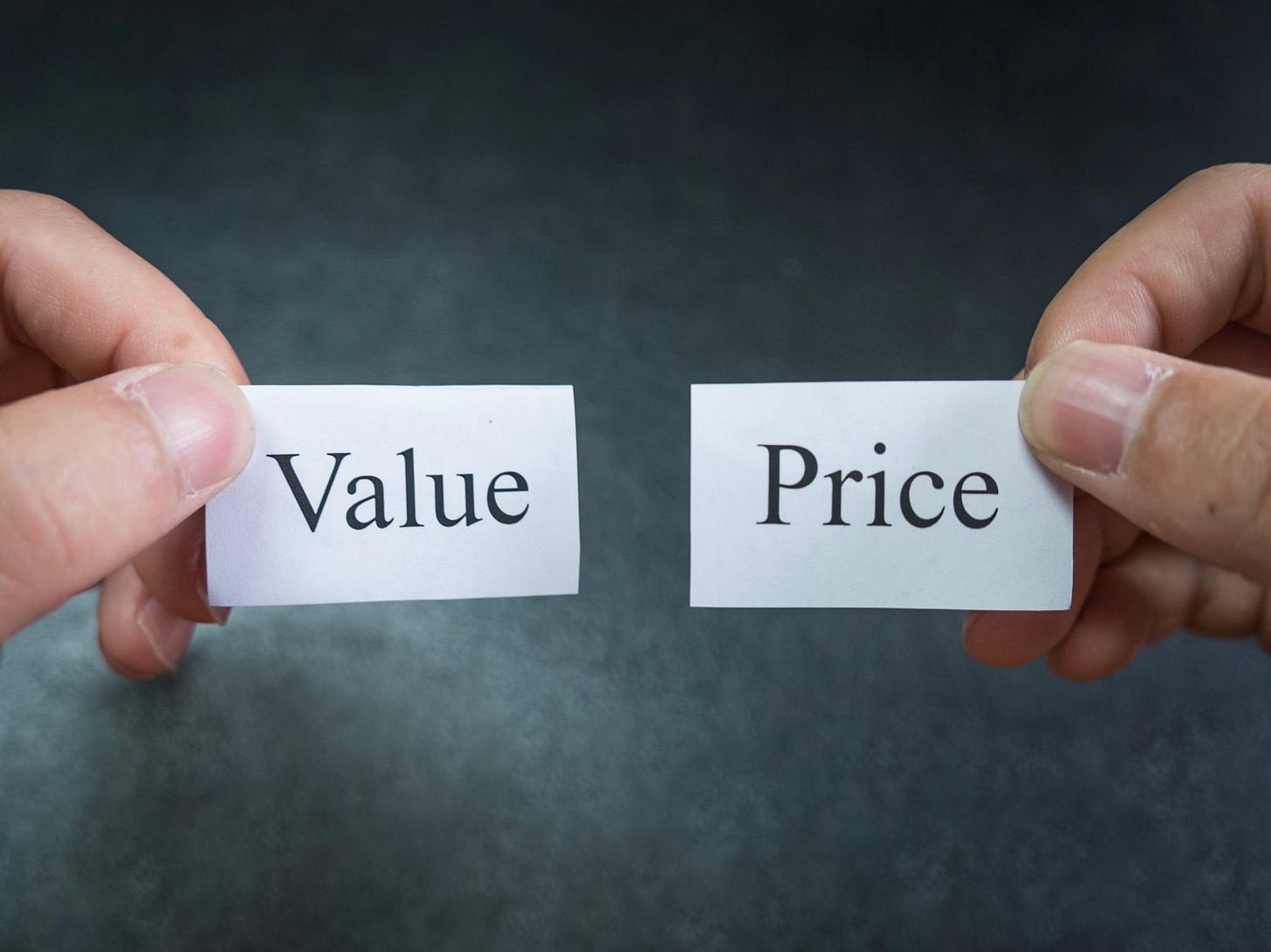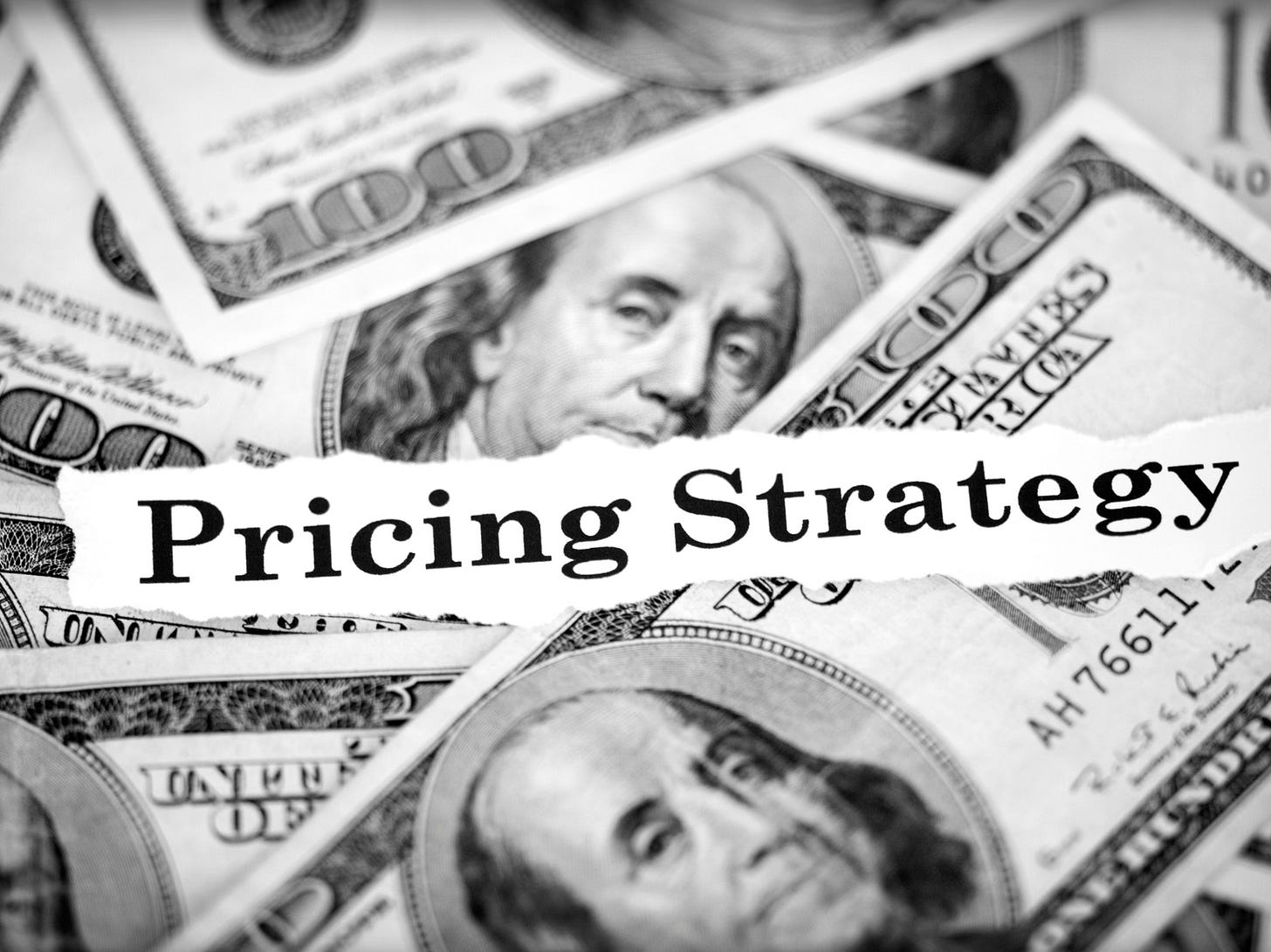Why Pricing is the Ultimate Growth Lever and How to Use It Effectively
Discover why pricing is the ultimate growth lever. Learn how small tweaks can boost profits by 10-12%, why cost-plus pricing limits you, and how to apply value-based strategies for maximum revenue.
The Moment I Realized Pricing Was More Powerful Than Growth Hacking
I remember sitting in a pricing meeting. The discussion was tense. Some wanted to slash prices, thinking it would drive more sales. Others hesitated, fearing a price hike would push customers away.
But deep down, I knew we were looking at pricing all wrong.
We had spent months perfecting the product, refining marketing campaigns, and optimizing our sales funnel, yet, we were treating pricing as an afterthought.
That was the mistake.
What I discovered next changed everything:
Pricing isn’t just about covering costs or beating competitors. It’s the single most powerful lever for business growth.
A small pricing tweak can have a bigger impact on profitability than increasing sales or cutting costs.
Customers don’t just buy products; they buy perceived value. And the right pricing strategy shapes that perception.
By shifting our approach, we didn’t just increase revenue, we transformed the way customers saw our brand. And you can do the same.
Most businesses treat pricing as a formality, a number that needs to be set before launching a product. But in reality, pricing is the most powerful lever for growth, profitability, and market positioning. Unlike marketing campaigns that demand hefty budgets or operational changes that take time to implement, a well-optimized pricing strategy can drive instant and exponential impact on revenue and margins.
Yet, many businesses hesitate to adjust their pricing, fearing customer backlash or competitive disadvantages. The truth is, when pricing is done strategically, it doesn't just increase revenue, it enhances customer perception, strengthens market differentiation, and unlocks new opportunities for sustainable growth.
In this article, you’ll learn:
Why pricing is the strongest growth lever (and why most businesses ignore it)
The key differences between cost-plus pricing, value-based pricing, and price sensitivity
How to use psychological pricing tactics to shape customer behavior and increase revenue
A practical framework to optimize your pricing for sustainable growth
If pricing has ever felt like a guessing game, this article will give you clarity, confidence, and actionable strategies to take control.
The Hidden Power of Pricing (That Most Businesses Overlook)
So why do so many businesses avoid rethinking their pricing? Because they’re afraid.
Fear of losing customers if they raise prices.
Fear of pricing too high and getting undercut by competitors.
Fear of leaving money on the table if they price too low.
But here’s the reality: Pricing isn’t about playing it safe. It’s about strategy. And the right pricing strategy not only increases revenue but strengthens customer trust and market positioning.
Why Pricing is the Most Underrated Growth Lever
Many businesses chase growth by acquiring more customers or cutting costs, but these approaches have diminishing returns:
Customer Acquisition is Expensive: Getting new customers requires marketing spend, sales efforts, and operational scalability. If your pricing isn’t optimized, you're leaving money on the table even when you win customers.
Cost Cutting is a Temporary Fix: While reducing costs can improve profitability, there’s a limit. You can’t cost-cut your way to long-term success without affecting quality, efficiency, or innovation.
Pricing Changes Have Immediate Impact: Unlike acquisition or efficiency strategies, which take time to show results, a well-executed pricing adjustment yields instant profitability gains without requiring major operational changes.
In fact, a 1% increase in price realization can lead to double-digit profit growth, a significantly higher impact than volume growth or cost reductions. The challenge, however, lies in understanding how to optimize pricing without alienating customers.
The Pricing Strategies That Separate Thriving Businesses From Struggling Ones
Most businesses fall into one of two traps:
Cost-Plus Pricing (The Lazy Way)
They take the cost of production, add a fixed margin, and call it a day. This method might seem logical, but it completely ignores:
Customer perception
Willingness to pay
Competitive differentiation
Competitive-Based Pricing (The Reactive Approach)
They set prices based on what competitors are charging. But this forces them into price wars, eroding margins and making it impossible to stand out.
So, what’s the better alternative?
Value-Based Pricing (The Ultimate Growth Driver)
Instead of focusing on costs or competitors, value-based pricing is set according to how much customers perceive the product is worth.
Pros: Maximizes profitability, aligns pricing with market demand, differentiates from competitors.
Cons: Requires customer research, ongoing testing, and pricing psychology, which is definitely worth it to pursue even if it’s a cons.
Example: If a SaaS company’s software saves businesses 10 hours of work per month, they shouldn’t price it based on server costs. Instead, they should price it based on the financial value of those 10 saved hours.
Key question to ask: What is this worth to my customer, and how can I price it accordingly?
There’s no one-size-fits-all approach to pricing, but choosing the right model depends on your market position, competitive landscape, and business goals. Here are some more strategies:
Tiered Pricing (Expanding Revenue Potential)
By offering multiple pricing tiers with different value propositions, businesses can capture different segments of the market while maximizing revenue per customer.
Works best for: Service-based businesses, SaaS, premium consumer goods
Premium Pricing (Building Market Positioning)
If your offering delivers tangible differentiation, pricing higher than competitors can actually increase desirability and signal exclusivity.
Works best for: High-value services, high-end consumer goods, expert-driven businesses
Dynamic Pricing (Optimizing for Demand & Market Conditions)
Leveraging data and technology, dynamic pricing adjusts based on demand, seasonality, and customer behavior. This approach ensures maximum revenue potential without overspending on customer acquisition.
Works best for: Subscription businesses, online platforms, service-based models
Key takeaway: The right pricing model depends on your target market, product positioning, and long-term growth strategy. If you price based on value, customers will pay based on value, not just cost.
How to Optimize Your Pricing Strategy (A Practical Framework)
If you’re not testing and optimizing your pricing, you’re losing money.
Here’s how to fix it:
Step 1: Analyze Customer Willingness to Pay
Use customer feedback, market research, and testing to determine how much value your customers assign to your product or service.
Ask customers, "What price point would make you hesitate?"
Step 2: Test Price Sensitivity
Experiment with different price points and observe how they affect conversion rates, retention, and customer satisfaction.
If demand remains strong, you’ve been undervaluing your product.
Step 3: Leverage Psychological Pricing Tactics
Price Anchoring
Introduce a high-priced premium option first to make other options seem like a bargain. Integrate price anchoring, tiered options, and strategic pricing to guide customers toward high-value choices.
Example: High-end brands showcase expensive flagship models first to make standard models seem more affordable.
Charm Pricing
Prices ending in .99 or .95 feel significantly lower than rounded numbers.
Example: $9.99 feels cheaper than $10, even though the difference is only one cent.
The Goldilocks Effect
Offer three pricing tiers to guide customers toward the middle option.
Example: Netflix’s Basic, Standard, and Premium plans, most people choose the middle one.
Step 4: Adjust & Monitor Regularly
Pricing isn’t set in stone. It should evolve with:
Market trends
Customer expectations
Competitive landscape
The most successful businesses don’t guess pricing. They TEST it & REFINE it.
Final Thoughts: The Right Price Tells the Right Story
The biggest pricing mistake? Setting it once and never revisiting it.
In reality, pricing is a continuous optimization process, one that directly influences revenue, market share, and long-term sustainability.
Pricing should be:
Dynamic – adapting to demand and customer behavior.
Strategic – aligning with perceived value, not just cost.
Intentional – shaping customer expectations and market positioning.
By treating pricing as a strategic growth lever, you can:
Increase profitability without additional marketing spend
Attract higher-value customers who appreciate premium positioning
Create long-term market differentiation based on perceived value
Your next move:
Identify one pricing mistake you might be making and take action today.
Experiment with one psychological pricing strategy and measure the impact.
Price for Growth, Not Just for Survival
Want more game-changing business insights? Subscribe to OneNexis and get exclusive strategies straight to your inbox.
What’s been your biggest pricing challenge? Drop a comment below. I’d love to hear your thoughts.








